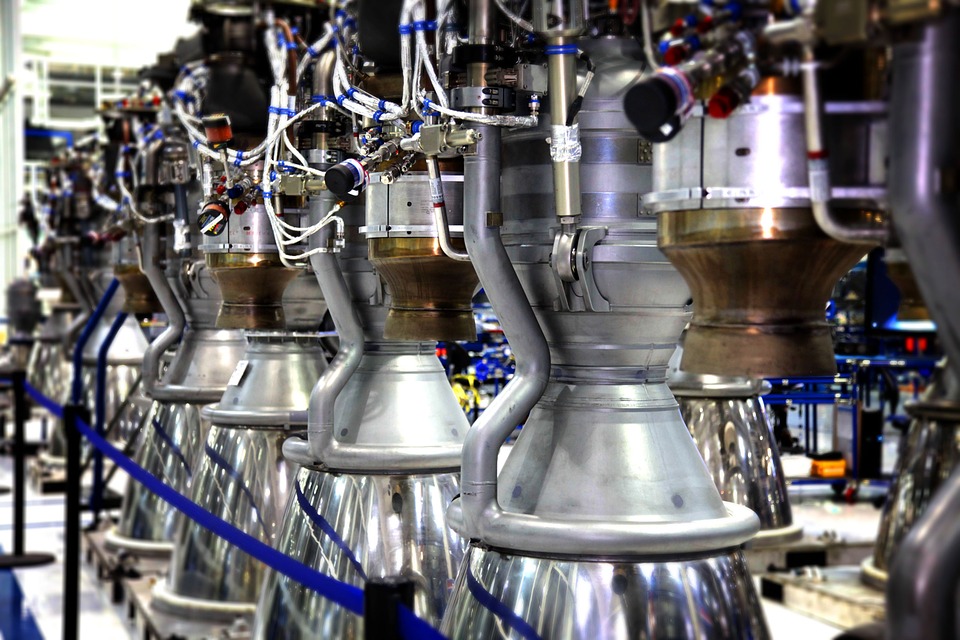The past ten years have seen an explosion of small-lift rocket companies. Ranging from 30 to 100 feet tall, these liquid-propellant rockets aim to launch up to two tons of payload — equivalent to the weight of a large car — into orbit. Instead of focusing on humans and large space telescopes, they’re launching smaller scientific experiments, communication satellites, and college technology demonstrations. As they race to propel their rockets into space, they fight the tyranny of Earth’s gravitational well and Murphy’s law, stating that anything that can go wrong, will. Their mission is clear: beat the others to orbit, then radically drive down the cost of access to space.
To accomplish this, the companies have developed bold and innovative new ways to reach space, from 3D printing rocket engines to launching rockets from the wing of a commercial airliner. Reaching space has historically been difficult, with every success preceded by years of struggle, failure, and setback. This new age of rocketry is no exception.
As they race to propel their rockets into space, they fight the tyranny of Earth’s gravitational well and Murphy’s law, stating that anything that can go wrong, will.
Rocket Lab, launching from New Zealand, was the first to reach orbit. But, after 11 consecutive successful launches, they experienced their first anomaly in the summer of 2020. Partway through the second stage burn, the rocket wobbled, and their live video feed sputtered out. Shortly after the launch, the company announced the vehicle had been lost. They halted flights and initialized an investigation with the Federal Aviation Administration — a required step for any rocket company after a failure.
Four weeks later, Rocket Lab announced the failure was due to a faulty electrical connection. Its intermittent disconnections created a high resistance in the electrical components, causing them to heat up, liquefy, and destroy the circuit. This forced the second-stage engine to shut down.
Rocket Lab is not alone in its struggle to reach space. Virgin Orbit, a sister company of Virgin Airlines, experienced a failure on its first attempt to launch a rocket from the under-wing of a 747 airplane. When they released the rocket, its engine roared to life, accelerating the vehicle. Within seconds, the engine abruptly cut out. A propellant line had blown, and the mission was lost. However, Virgin Orbit fulfilled their namesake goal on their second attempt, making them the second of the bunch to achieve orbit.
Nonetheless, rocket engine issues, some dating as far back as rocketry itself, continue to plague the industry. In the late summer of 2021, two companies developing small-lift rockets experienced premature engine shutdowns on their first stages. The Alaska-based Astra’s rocket slid sideways off the launch pad after an engine failed moments after liftoff, leaving the rocket without enough thrust to fight Earth’s gravity. The other company, Firefly, flew higher, but their engine shut down 15 seconds into flight. The rocket pierced through the atmosphere, but once it reached supersonic speeds, it could no longer control itself without the missing thrust. It suddenly jerked sideways, completing a full somersault in the air before mission control detonated the rocket. Despite these setbacks, they are determined to reach orbit, with both companies are pushing forward towards their next launches.
At such high energies, there are dozens of ways the complex machinery of rocket engines can fail.
Liquid rocket engines are notoriously complex beasts, known for their seemingly impossible-to-comprehend tangle of wires, sensors, pipes, pumps, and valves. These engines are designed to take in an oxidizer and a fuel, mix them in a chamber, and combust them. The scorching thousands-of-degrees Celsius reaction converts the propellants’ chemical energy into kinetic energy and shoots the exhaust straight back to create thrust.
At such high energies, there are dozens of ways the complex machinery of rocket engines can fail. Incorrect oxidizer and fuel mixing ratios can cause the heat of combustion to increase and destroy the engine. Pressure differences and shock waves in and around the engine can create vibrations capable of shredding an engine in milliseconds. With each of these companies taking on the daunting task of developing their own engines, they assume the potential glitches that come with them — but also the potential benefits of customizing their engines for the needs of their vehicle.
Racing to orbit with new technology, these companies push each other to overcome their anomalies and fly past the reign of Murphy’s Law. Tweeted messages of support between the companies’ CEOs are a common sight. While the technologies and purposes differ, they share a dream of radical access to space. Where high school and college students can afford to send their experiments into orbit. Where a rocket launch is a common occurrence, and a failure is a rarity.
https://www.rocketlabusa.com/about-us/updates/rocket-lab-mission-fails-to-reach-orbit/
https://www.rocketlabusa.com/about-us/updates/rocket-lab-to-resume-electron-launches-in-august/
https://www.rocketlabusa.com/rockets/electron/






